40 what do you label density
Guided Labeling Episode 2: Label Density - DATAVERSITY Label density as an active sampling strategy Labeling in all dense areas of feature space Measuring the density of features space with the Euclidean distance measure and the weighted mean subtractive clustering approach In the next blog article in this series, we'll be looking at model uncertainty. QGIS town label density - Our Planet Today Calculate the Population Density. Right click the "SubPlace" layer in the TOC'. Select "Open attribute table". Toggle editing mode by click the button with a pencil. Click the "Create a new column" button. Name the new column "POPDENS". For "Type" select "Decimal number".
Density Formula - How To Calculate Density - The Calculator Site Density = Mass ÷ Volume Density is often written in mathematics as the symbol p or D. Mass can be written as m, and volume can be written as V. So if you want to be fancy, the formula looks like this: p = m/V (Volume is to do with filling space: check out our guide to volume and weight and our volume calculator if you're not yet confident with it.)
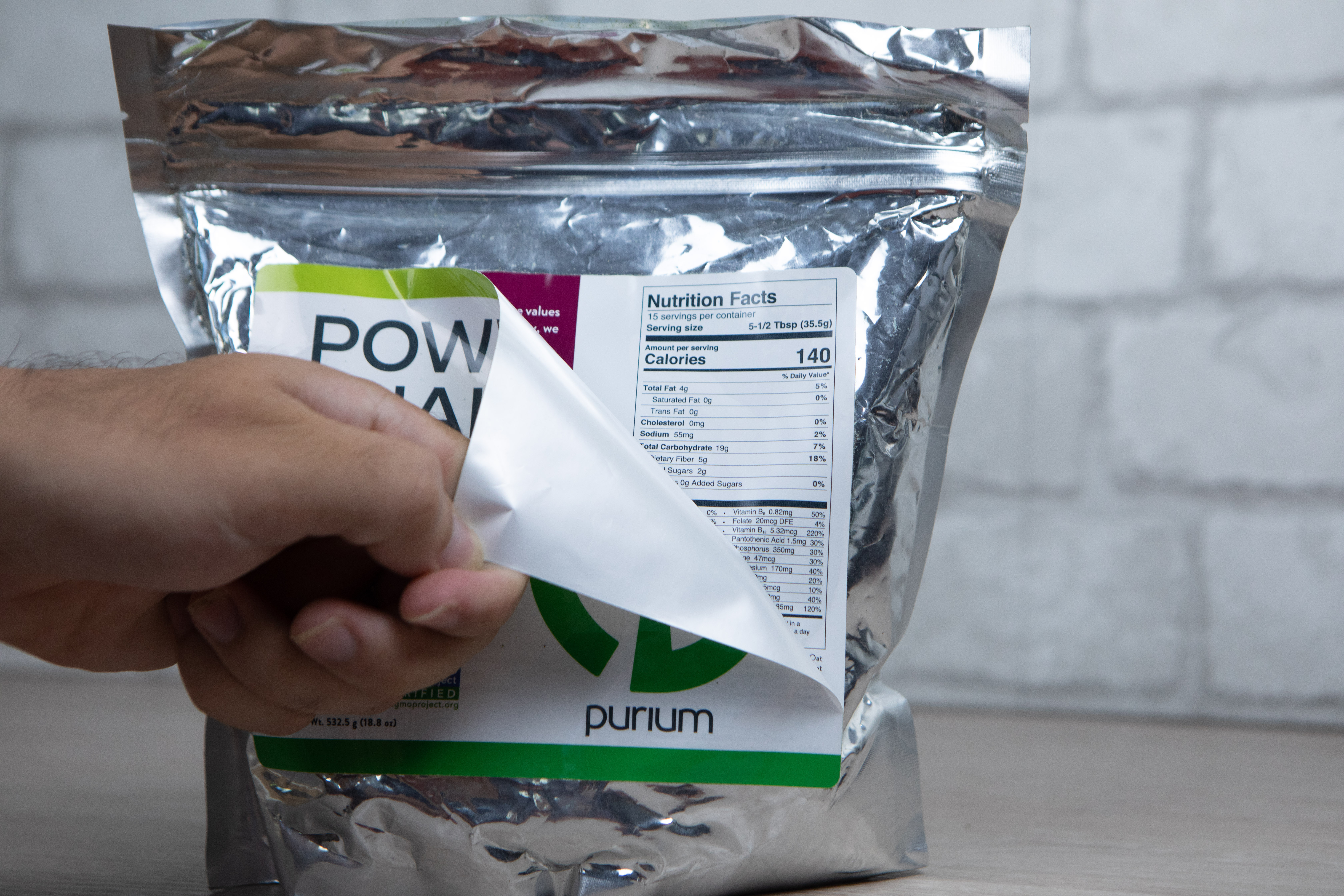
What do you label density
How does data label density work? - community.powerbi.com data label density: 0% data label density: 50% data label density: 100% The density of data labels depends on the number of labels on your x-axis, and the more you have, the more obvious the effect. Best Regards, Stephen Tao If this post helps, then please consider Accept it as the solution to help the other members find it more quickly. Label density and continuous x-axis - Power BI Since labels are something that always should show. 04-24-2019 11:04 PM. In a Line chart, Label Density feature is available when the X-axis display numbers or dates, and X-axis Type is set as Continuous. The reason is that when the X-axis is Category type, there is a scroll bar for us to see each data point clearly by scrolling right or left. Which of the following are density labels? Kg/L g/m g/mL cm/g Density labels are those used for the numbers needed to find out the density of an object, so it needs to be mass/volume, in this case grams per milliliter. Advertisement princessmarigold Answer:hey! Explanation: Cm3/g and G/ml are density labels! Hope this helps ️ Advertisement Advertisement
What do you label density. What are Density Curves? (Explanation & Examples) - Statology A density curve lets us visually see what percentage of observations in a dataset fall between different values. The most famous density curve is the bell-shaped curve that represents the normal distribution. To gain a better understanding of density curves, consider the following example. Example: Creating & Interpreting a Density Curve Unit of Density - Density Definition, SI unit, Solved Examples - BYJUS Density Definition: Density is the measurement of how tightly a material is packed together. It is defined as the mass per unit volume. Density Symbol: D or ρ Density Formula: ρ = m/V, where ρ is the density, m is the mass of the object and V is the volume of the object. Density Examples Iron, platinum, and lead are examples of dense materials. What Do You Know About The High-density Heat Transfer Label? - LinkedIn Application: The high-density heat transfer label can be widely used on the garments, shoes, hats, gloves, bags and etc. Actually, in many sporty leisurewear, designers apply this kind of heat ... What are density labels? - Stwnews.org Density is a way of comparing the mass of an object to its size (volume). The typical label for density is g/mL or g/cm3. Density is a useful tool for scientist. It is often used to help identify a pure substance. A pure substance will have one unique density. What is the unit label to density? Density is commonly expressed in units of grams ...
Density | Definition, Symbol, Units, Formula, & Facts | Britannica density, mass of a unit volume of a material substance. The formula for density is d = M / V, where d is density, M is mass, and V is volume. Density is commonly expressed in units of grams per cubic centimetre. For example, the density of water is 1 gram per cubic centimetre, and Earth 's density is 5.51 grams per cubic centimetre. Which of the following are density labels? Kg/L g/m g/mL cm/g Density labels are those used for the numbers needed to find out the density of an object, so it needs to be mass/volume, in this case grams per milliliter. Advertisement princessmarigold Answer:hey! Explanation: Cm3/g and G/ml are density labels! Hope this helps ️ Advertisement Advertisement Label density and continuous x-axis - Power BI Since labels are something that always should show. 04-24-2019 11:04 PM. In a Line chart, Label Density feature is available when the X-axis display numbers or dates, and X-axis Type is set as Continuous. The reason is that when the X-axis is Category type, there is a scroll bar for us to see each data point clearly by scrolling right or left. How does data label density work? - community.powerbi.com data label density: 0% data label density: 50% data label density: 100% The density of data labels depends on the number of labels on your x-axis, and the more you have, the more obvious the effect. Best Regards, Stephen Tao If this post helps, then please consider Accept it as the solution to help the other members find it more quickly.




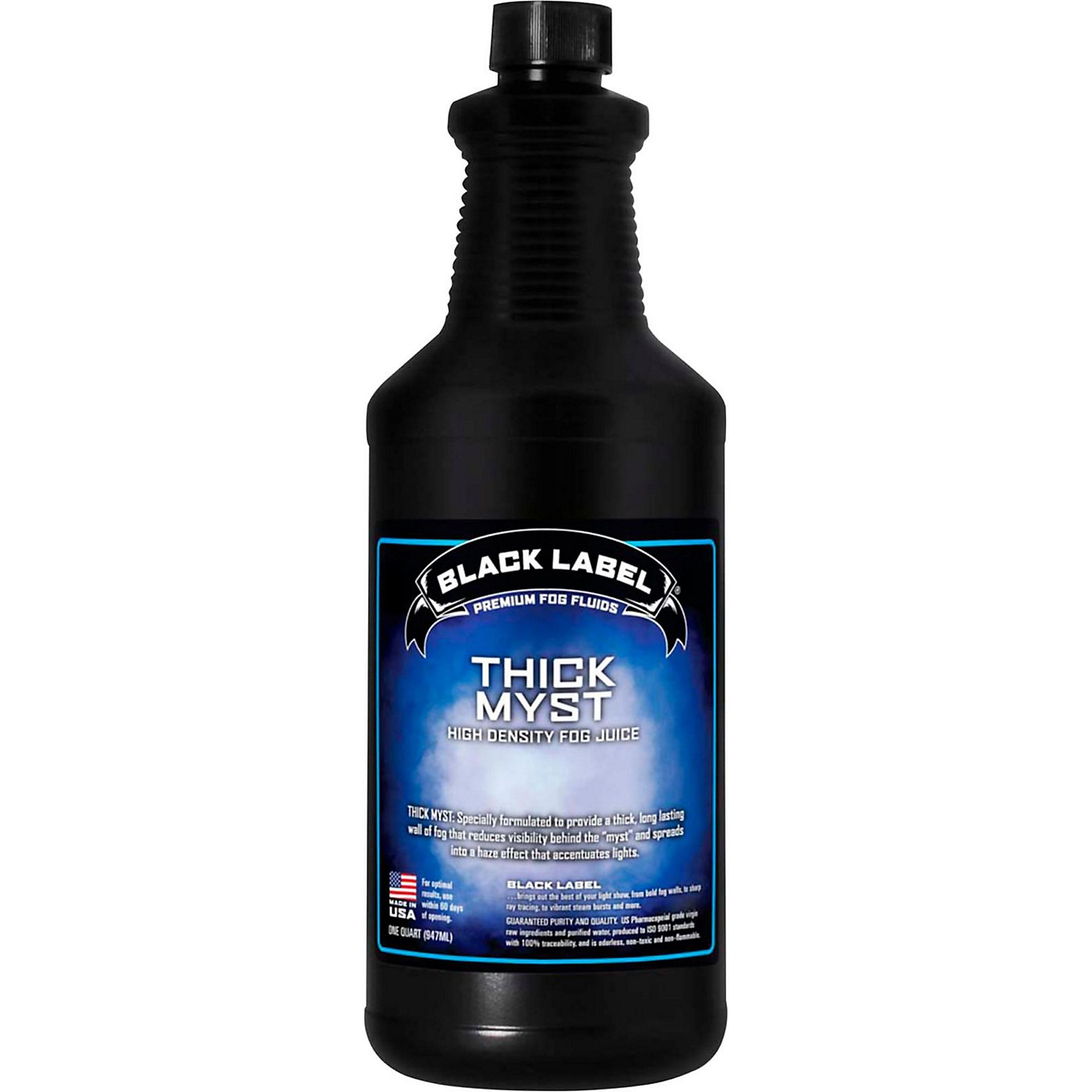


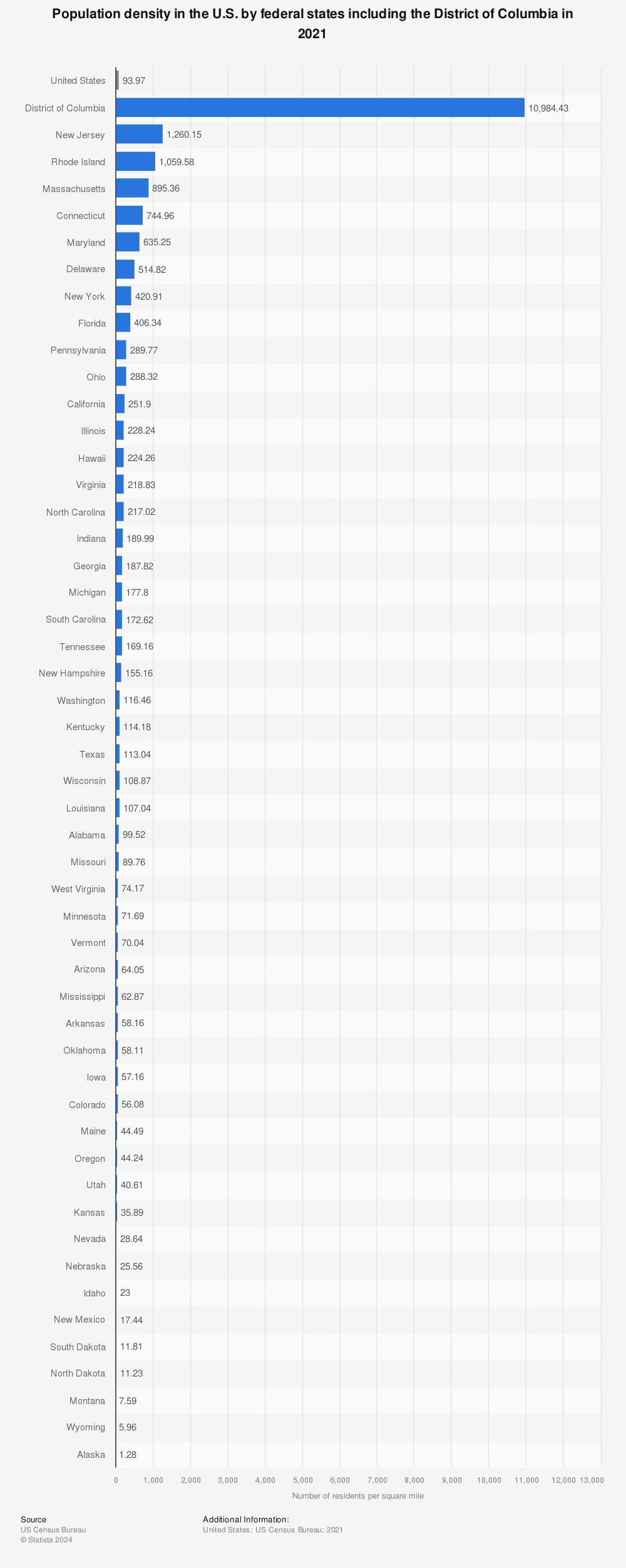

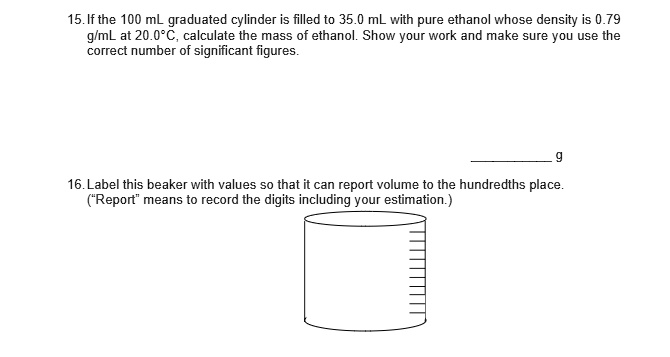
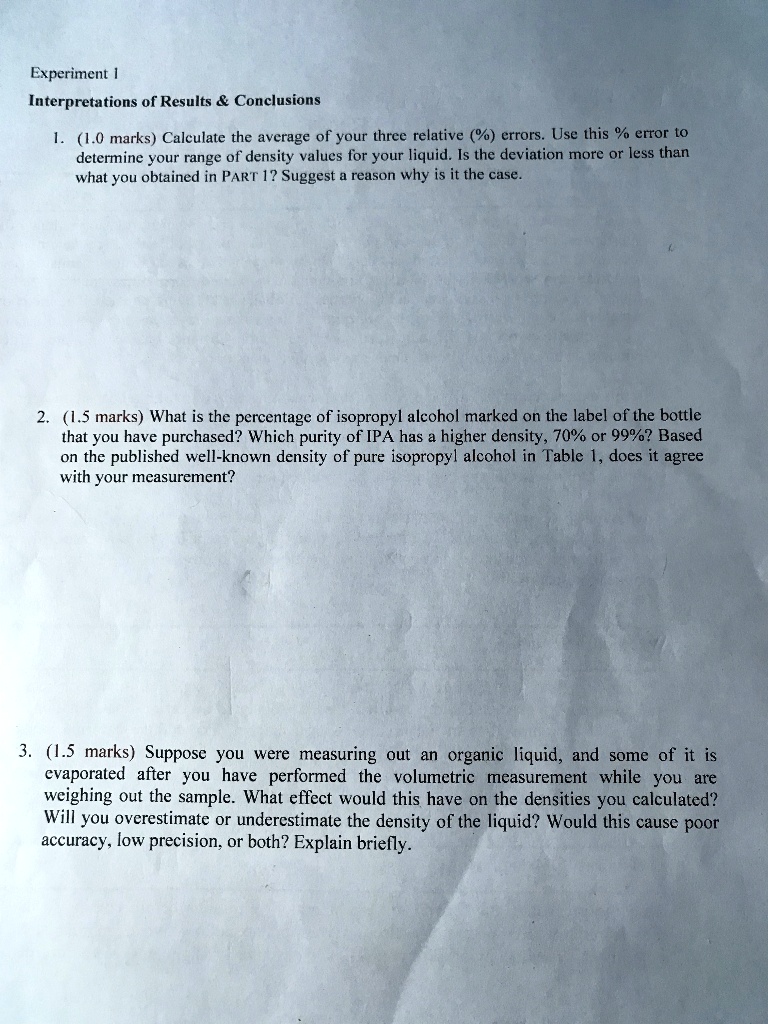
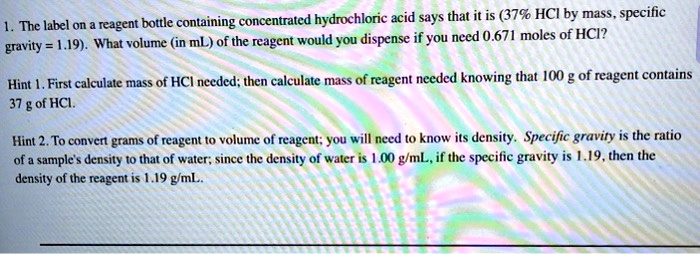

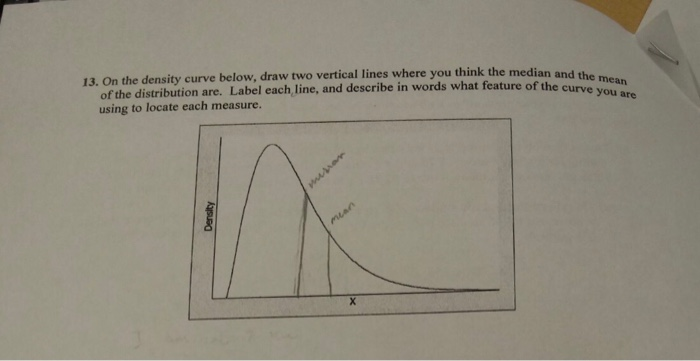
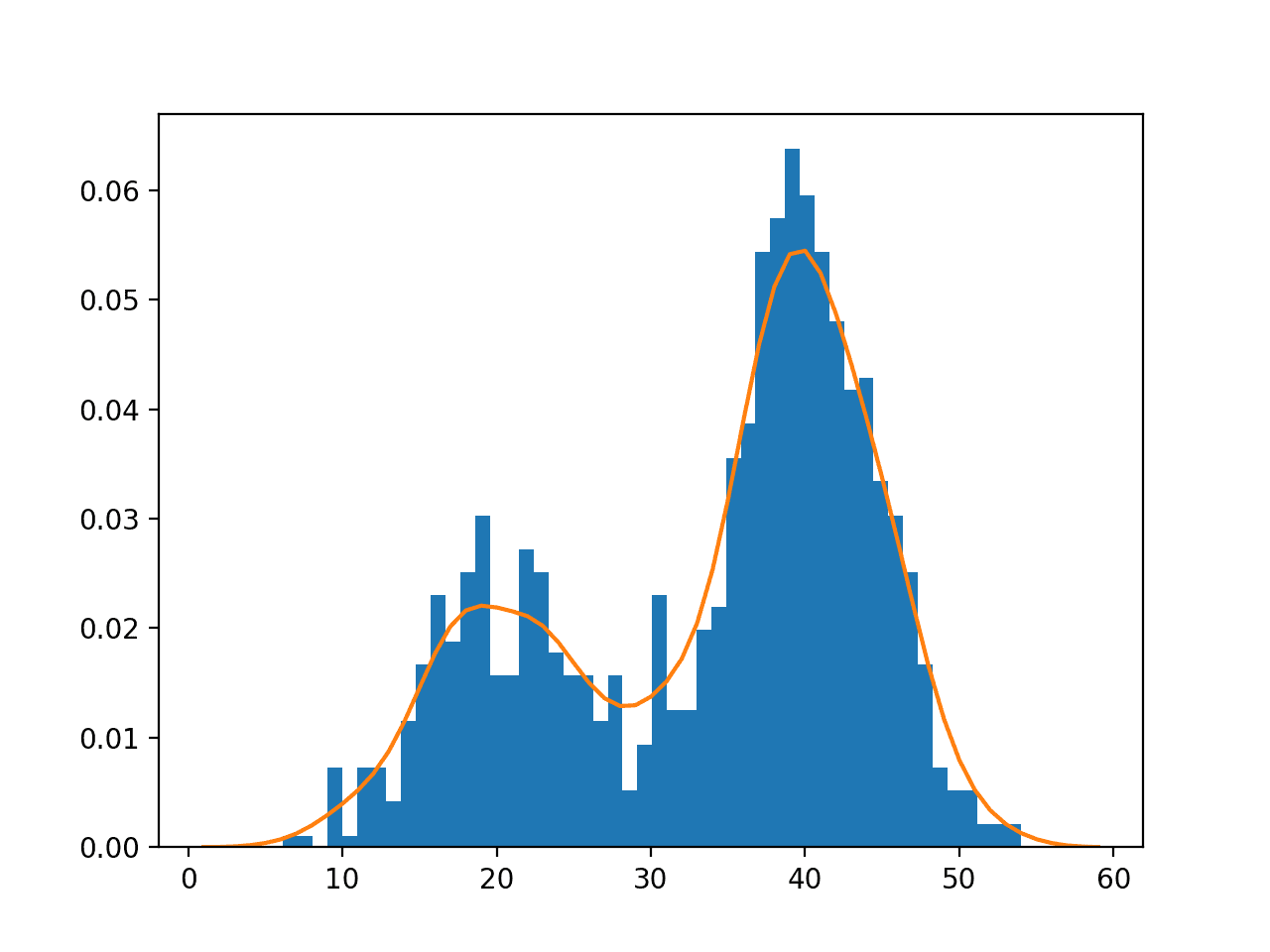





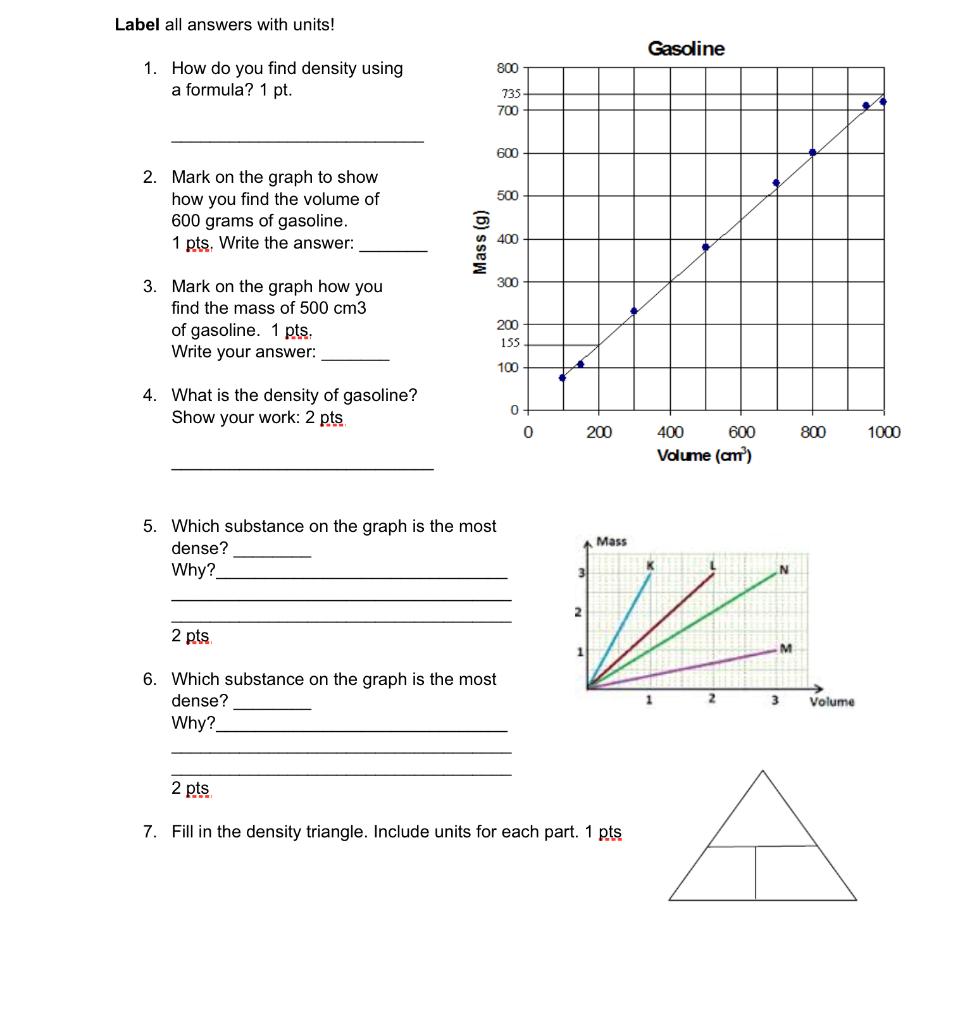






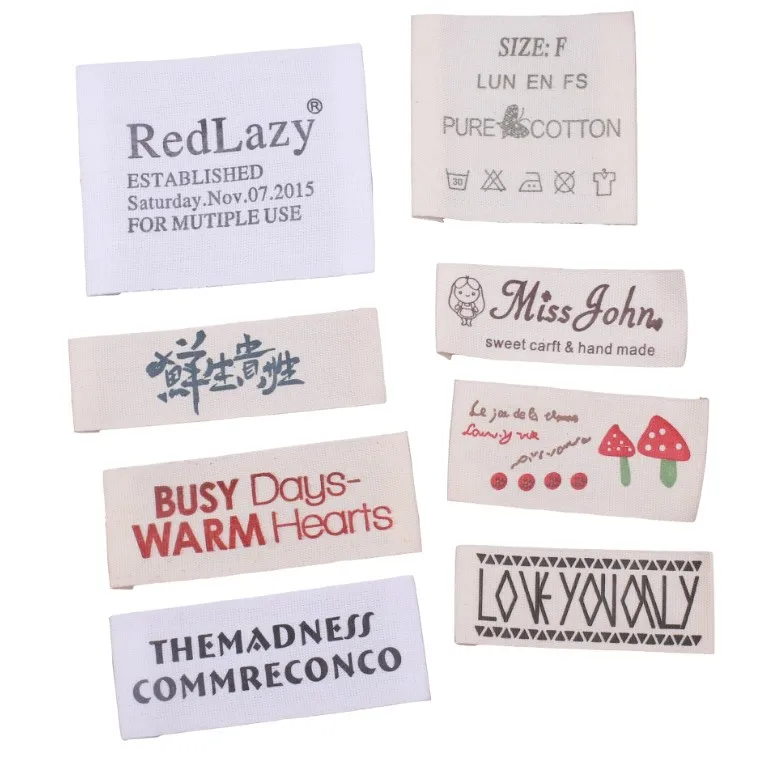





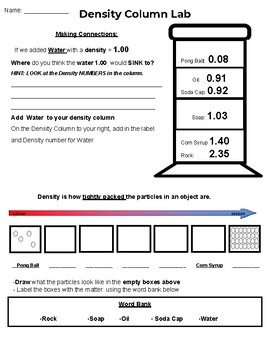

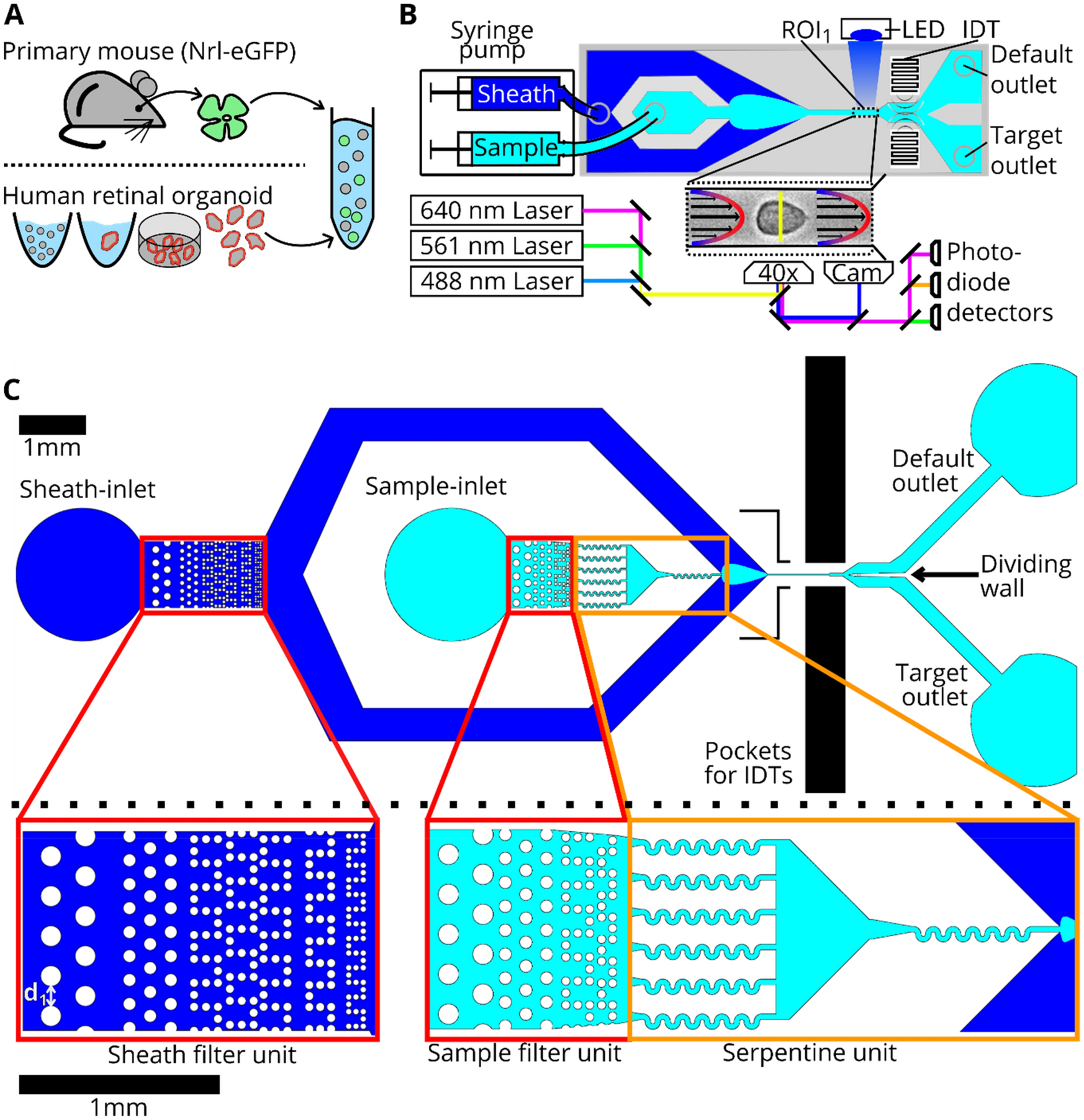



Post a Comment for "40 what do you label density"